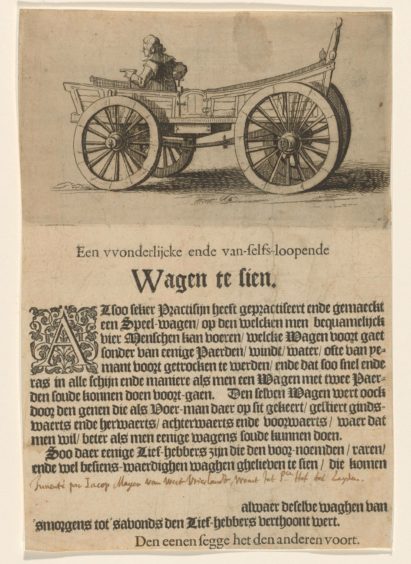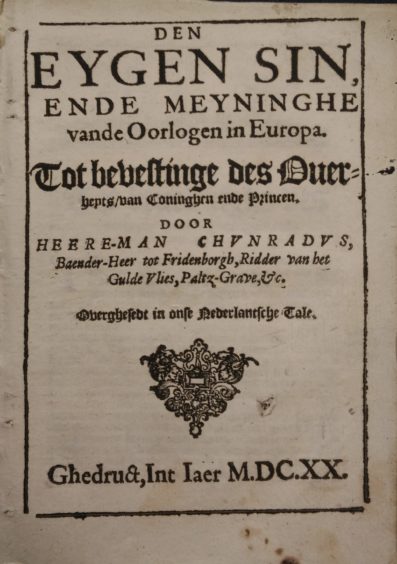Modern-day newspaper adverts have been traced back to Holland’s 17th century Mad Men.
Pioneering businessmen embraced commercial advertising and used now-common marketing ploys as long as 400 years ago, decades before the practice was picked up elsewhere.
Six years of research by St Andrews University historians have discovered newspaper ads were used with “great enthusiasm” and that some of the concepts developed as far back as 1620 are still in use today.
Authors, Professor Andrew Pettegree and Dr Arthur der Weduwen said their investigations had provided unrivalled insights into the consumer society of the time, as people publicised new inventions or appealed for help.
The pair have published two new books to mark the 400th anniversary of the birth of modern advertising.
They focused on the first 6,000 ads to be placed in Dutch newspapers between 1620 and 1675.
Their books were launched at an international event in Amsterdam to celebrate the early history of newspaper advertising.
The story of Abraham Verhoeven, a prolific writer and the first man to publish newspaper adverts, is told in The Dutch Republic and the Birth of Modern Advertising.
One of the first to publish an illustrated newspaper, he had a unique marketing ploy which involved inserting notices at the end of every issue announcing he would soon be publishing other items of interest, such as maps or pamphlets.
His rivals in the Dutch Republic, the modern Netherlands, embraced commercial adverts soon after.
Professor Pettegree said: “The Dutch Republic was the birthplace of a competitive news market and it is here that we see the true origins of modern newspaper advertising decades before publishers in other countries such as England, France and Germany began to use advertisements.”
The second book, News Business and Public Information: Advertisements and Announcements in Dutch and Flemish Newspapers, includes full translations of all 6,000 advertisements from Dutch to English.
Prof Pettegree said: “Dr Arthur der Weduwen and I have been engaged in this research for the past six years, gaining a unique insight into the development of newspaper advertising.
“This year marks a milestone in the history of advertising with the 400th anniversary of the first newspaper advert being published.
“Some of the concepts developed in newspaper advertising we found during our research are still very much in use today.”
Dr der Weduwen said: “We have charted the growth of advertising from its early beginnings to its flourishing towards the end of the 17th century.
“Thanks to these advertisements, we gain unrivalled insights into the burgeoning consumer society of 17th century Europe.
“Businesses and private citizens used the newspapers to offer a wide range of goods and services, publicise new inventions or appeal for help in recovering lost and stolen goods, pets or children.
“We have offered both a unique window into past lives and societies and the beginnings of marketing strategies that would characterise the advertising world over the following centuries and into the modern era.”







